
A Savelyev DYNAMIC POSITIONING SYSTEM
.pdf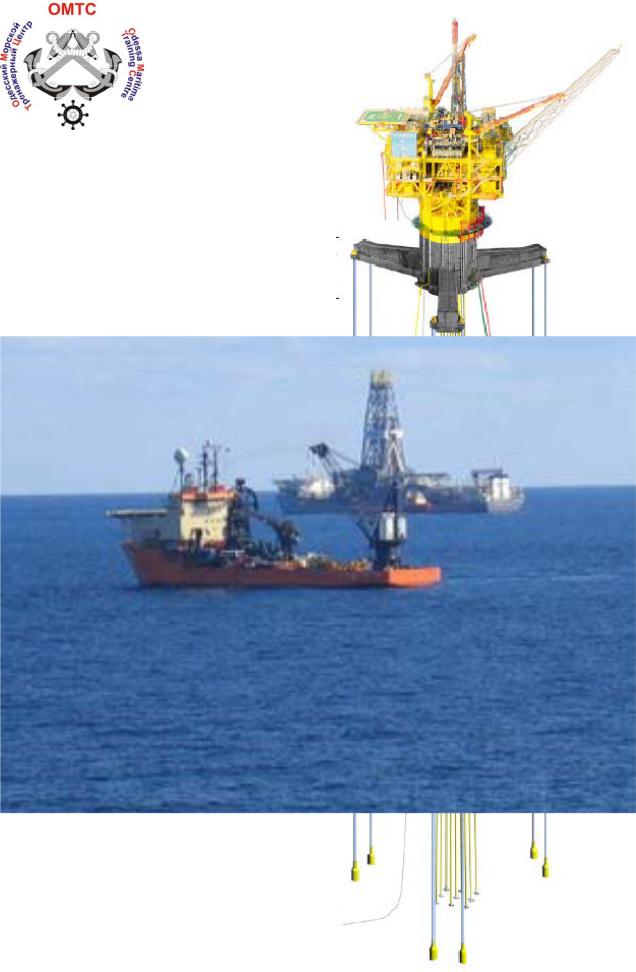
Anatoliy Savelyev
DYNAMIC POSITIONING SYSTEM
Odessa 2008
DYNAMIC POSITIONING SYSTEM COURSE OBJECTIVES
Provide a comprehensive understanding of the principles of Dynamic Positioning.
Demonstrate setting up and operating DP equipment and position measurement equipment.
Assist in the recognizing and responding to various alarms, warnings, and information messages.
Examine the relationship between DP equipment and the vessel systems.
Relate DP operations to the prevailing environmental conditions.
- 1 -
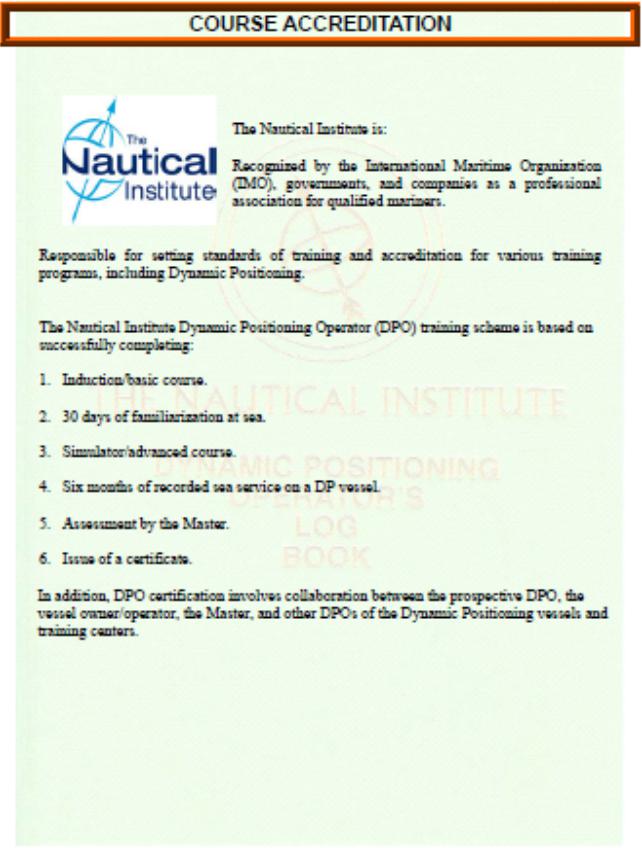
- 2 -
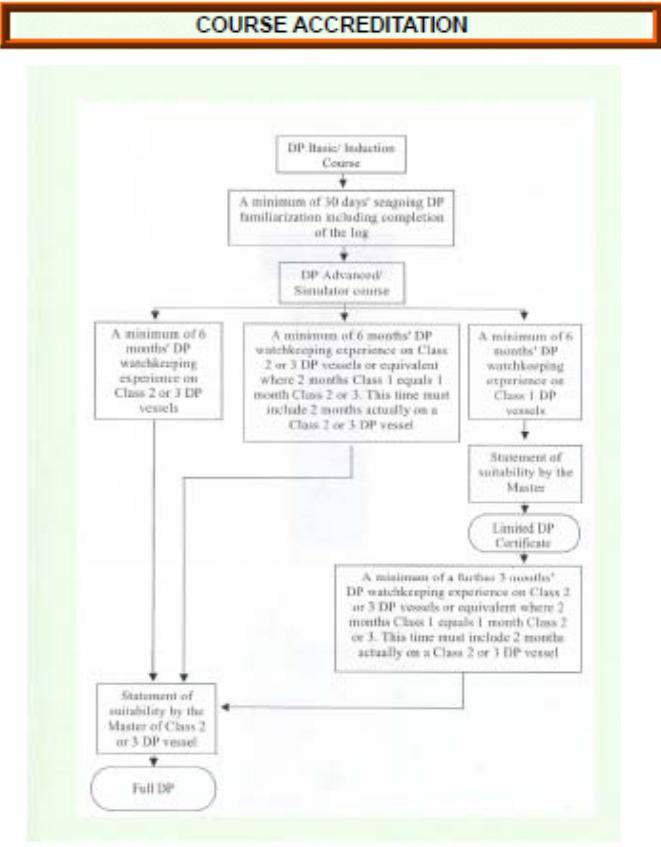
- 3 -
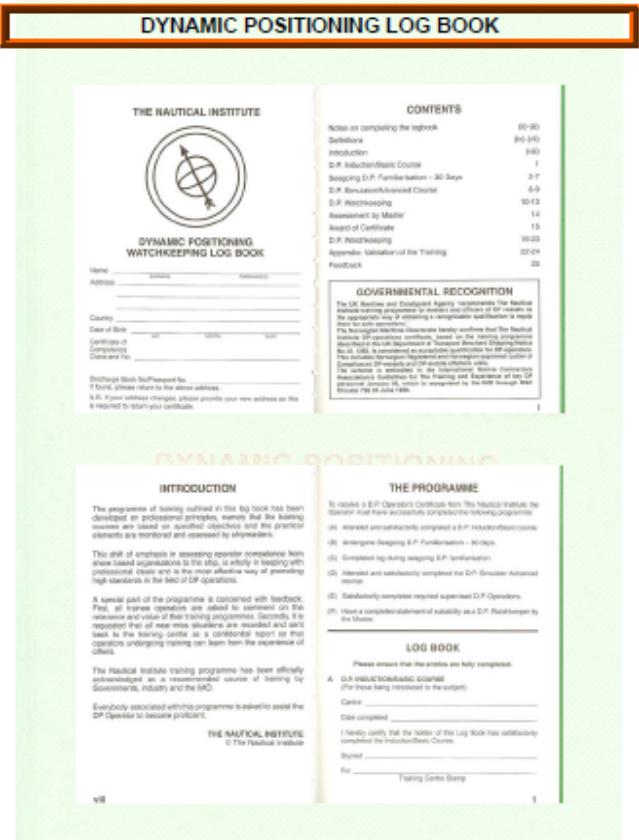
- 4 -
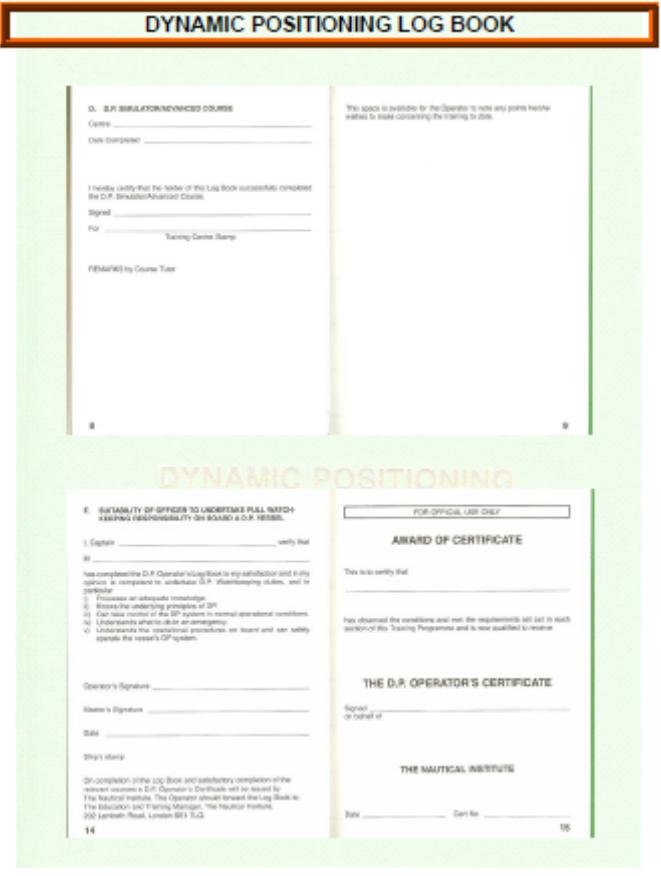
- 5 -
INTRODUCTION TO DYNAMIC POSITIONING SYSTEM
The world’s oceans and waterways provide an unpredictable environment in which to work. However, the global exploration for oil and gas requires the ability to navigate, in even the harshest circumstances. The Dynamic Positioning System (DP) was developed nearly thirty years ago to assist this growing industry.
The world was introduced to offshore drilling, in the 1920’s and, deeper water exploration, in the 1950’s. During this era, a drilling rig in shallow water was placed on a jack-up barge that would then raise itself on three or more legs. The jack-up barge remained in the fixed position. However, jack-up operations were obviously limited to shallow water. For deeper water drilling, mooring systems were relied upon which used anchors and mooring lines controlled by winches located on board.
Although jack-up and mooring techniques are still used in some locations today, there are many conditions, locations and operations that make them impossible to use. Water depth, as well as operational, financial, and time constraints can render these techniques unacceptable. In addition, hazards also influence the choice of positioning method, even where mooring would be otherwise ideal.
In 1961, a small drilling vessel which had used a four-point mooring spread for positioning was fitted with four, manually-controlled, steer-able propellers. By using radar ranging to surface buoys, together with sonar ranging from sub-sea beacons, the vessel was able to perform core drilling operations off the coasts of California and Mexico, in water depths of between 100 and 3500m. The control of the position and heading of the vessel was completely manual; therefore, this vessel did not come within any modem definition of Dynamic Positioning.
Later that same year another vessel, which was fitted with a very simple analogue control system, interfaced with a taut wire reference, became the first vessel to use a positioning system, comprised of steer-able thrusters, fore and aft..
Additional vessels followed in this new positioning system during the 1960’s. Although this early system was primitive with most controllers being analogue and no redundancy in any of the systems, it was the beginning of a system that would revolutionize the industry.
Today by incorporating advances in computer technology, Dynamic Positioning System has become highly accurate and dependable. DP systems are now digital and offer redundancy to reduce the risks in some operations. The number of vessels using DP has increased, significantly, as the systems benefits have revolutionized the offshore industry.
VCS 2000 SYSTEM OVERVIEW
The Beier IVCS 2000 is a Windows XP embedded integrated vessel control system using a powerful marine grade and shock mounted computer, PLC input/output modules and serial port modules for digital data input/output.
The latest ship dynamics algorithms are included which operate on optimization methods, Kalman filtering, frequency domain techniques and feed forward techniques, which are implemented to ensure the highest positional accuracy with minimum actuator activity.
Adaptive data rejection and control loops minimize response to unstable received data and provide continual and automatic optimization of control parameters. A high level non-linear three degree of freedom mathematical ship model provides state of the art control.
Alarm and status indication is continually visible on the large, touch screen LCD which are user configurable for individual customization. The display is daylight viewable and can be trunnion mounted for easy change in viewing angle or flush mounted into a console.
- 6 -
All information such as course set and course steered, commanded and actual rudder angle, commanded and actual main engine and commanded and actual thruster directions and magnitudes are clearly shown in color graphic displays.
A touch screen with automatically reconfigured soft keys provides a simple and easy to view user interface. English language voice alarms as well as acoustic alarm signals are given and the history of alarms may be continually displayed. The message/alarm system is self-checking.
A UPS supply is included to ensure continued operation in case of power failure. It also features automatic and controlled computer shut down after prolonged power outage.
The Beier IVCS 2000 system is capable of providing the following functions:
Joystick and rotary knob control of vessel heading and position with non-follow up and full ollow up steering control.
Automatic heading control. Automatic vessel speed control.
Automatic position control with either or both fore and aft and athwartships axis control. Track control at low speed.
ROV following.
Automatic compensation for failed or off line actuators. Includes graphic capability plot showing direction and magnitude of disturbing forces and magnitude and direction of resultant actuator forces.
Autopilot.
Autopilot with Nav input, steering to waypoint and automatic waypoint sequencing. Track control at high speed.
The IVCS 2000 manual control of actuators with display of commanded and actual positions. The Power Management System providing Power Monitoring, Power Limiting, and Thruster
Motor Starting.
Built in “trainer” (simulator) for realistic dockside training of operators.
- 7 -

Dynamic Positioning System Chapter 1 PRINCIPLES OF DYNAMIC POSITIONING SYSTEM
PRINCIPLES OF DYNAMIC POSITIONING SYSTEM
DEFINITION AND PURPOSE
Dynamic Positioning System (DP) is an integrated system designed to automatically maintain a vessel’s position and heading, with a high degree of accuracy, within the hazardous infrastructure of the marine environment, without the need to anchor or moor, by utilizing the vessel’s main propulsion and thrusters.
Dynamic Positioning System may set a target position, called a station, which can be fixed or a movable reference point on the sea floor, over which the vessel hovers to provide a stationary platform from which to carry out vessel operations.
Dynamic Positioning System allows vessels to safely maneuver within the confines of ports and harbours.
Dynamic Positioning System measures deviations from the set heading and reference position caused by displacing forces and counteracts the effect of these forces by generating counter forces and turning moments produced by thruster propulsion while achieving minimal thruster activity.
Dynamic Positioning System is a combination of a position control and heading control system.
Dynamic Positioning System position control system uses the vessel’s position measurement equipment (PME) and operator commands as inputs. The system then provides commands to the thrusters to maintain the position of the vessel at the desired location. This is called a feedback control system.
Dynamic Positioning System heading control system uses the vessel’s gyrocompass as the input to maintain the heading of the vessel in response to the external forces and operator commands.
COMPARISON TO OTHER POSITION-KEEPING SYSTEMS
JACK-UP BARGE
Advantages:
No need for power, thrusters, or complex systems to maintain position. Positioning of barge not vulnerable to blackout, power shortages, or system failure. No position measuement equipment necessary once on location.
Disadvantages:
No maneuverability and requires tugs to move rigs. Water depth limitations.
May require use of seabed erosion rectification (rock dumping) for stability.
- 1 -

Dynamic Positioning System Chapter 1 PRINCIPLES OF DYNAMIC POSITIONING SYSTEM
SPREAD MOORING TO ANCHOR PATTERN
Advantages:
No need for power, thrusters, or complex systems to maintain position.
Not vulnerable to blackout, power shortages, or system failure resulting in run. No position measuement equipment necessary.
No underwater hazard from rotating propellers or thrusters.
Disadvantages:
Limited maneuverability when moored/Requires tugs to move rigs and lay moorings. Water depth limitations.
Excessive time required for setting up anchor pattern.
DYNAMIC POSITIONING
Advantages:
No tugs, anchoring, or mooring required.
Immediately responds to changes in weather or operations. Enables a vessel to hold a fixed or moving position
Expedient setup on location, maneuverable during operation, and rapid location shift. Avoids risk of damaging platform structure or seabed hardware from mooring lines. Ability to work in any water depths.
Ability to complete most tasks quickly, thus more economically.
Disadvantages:
Requires highly trained and competent key staff.
Vulnerable to power, electronic, or thruster failures and shortages. Increased thruster activities create greater risks to underwater operations. Requires continuous position reference.
Greater risk of positional excursions or "run off".
DP OPERATIONS IN SPECIALTY VESSELS
While Dynamic Positioning technology was developed primarily to facilitate innovative expansions in the oil and gas exploration industry, the success of DP has made it feasible for vessels performing a variety of tasks.
CABLE LAY AND REPAIR VESSELS
Objectives: Cable Lay and Repair Vessels handle and lay fragile fiber optic cables.
DP Advantages:
Provides more positive and precise vessel positioning during cable operations. Enables the vessel to have more control when handling cables.
Enables these vessels to maintain position and heading while completing the shore end tie-in connection.
DP Modes Used:
- 2 -
